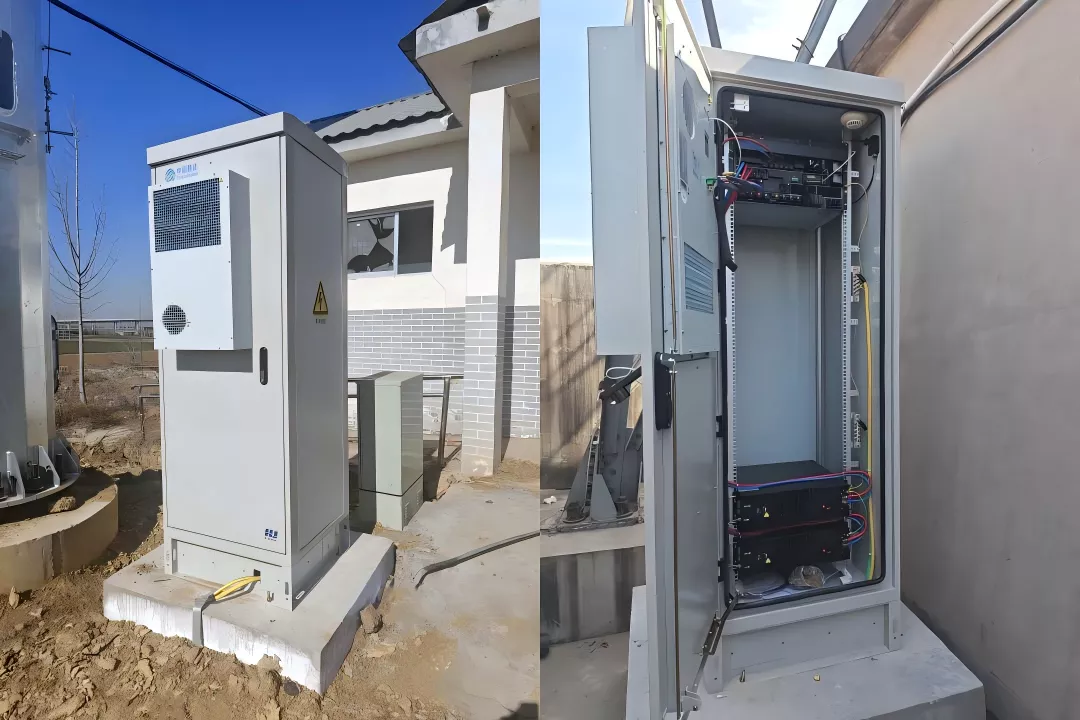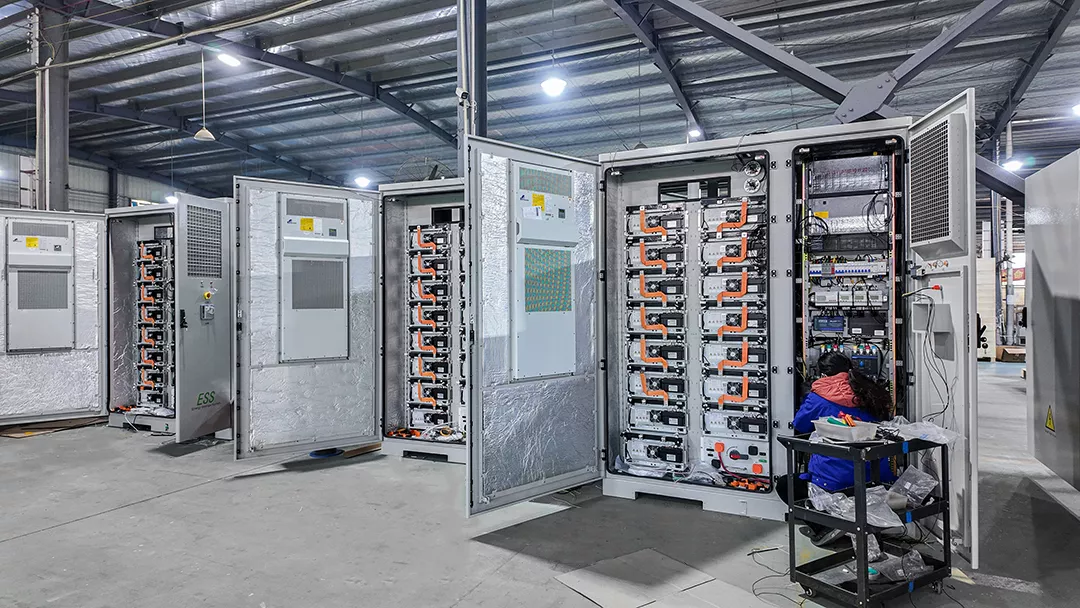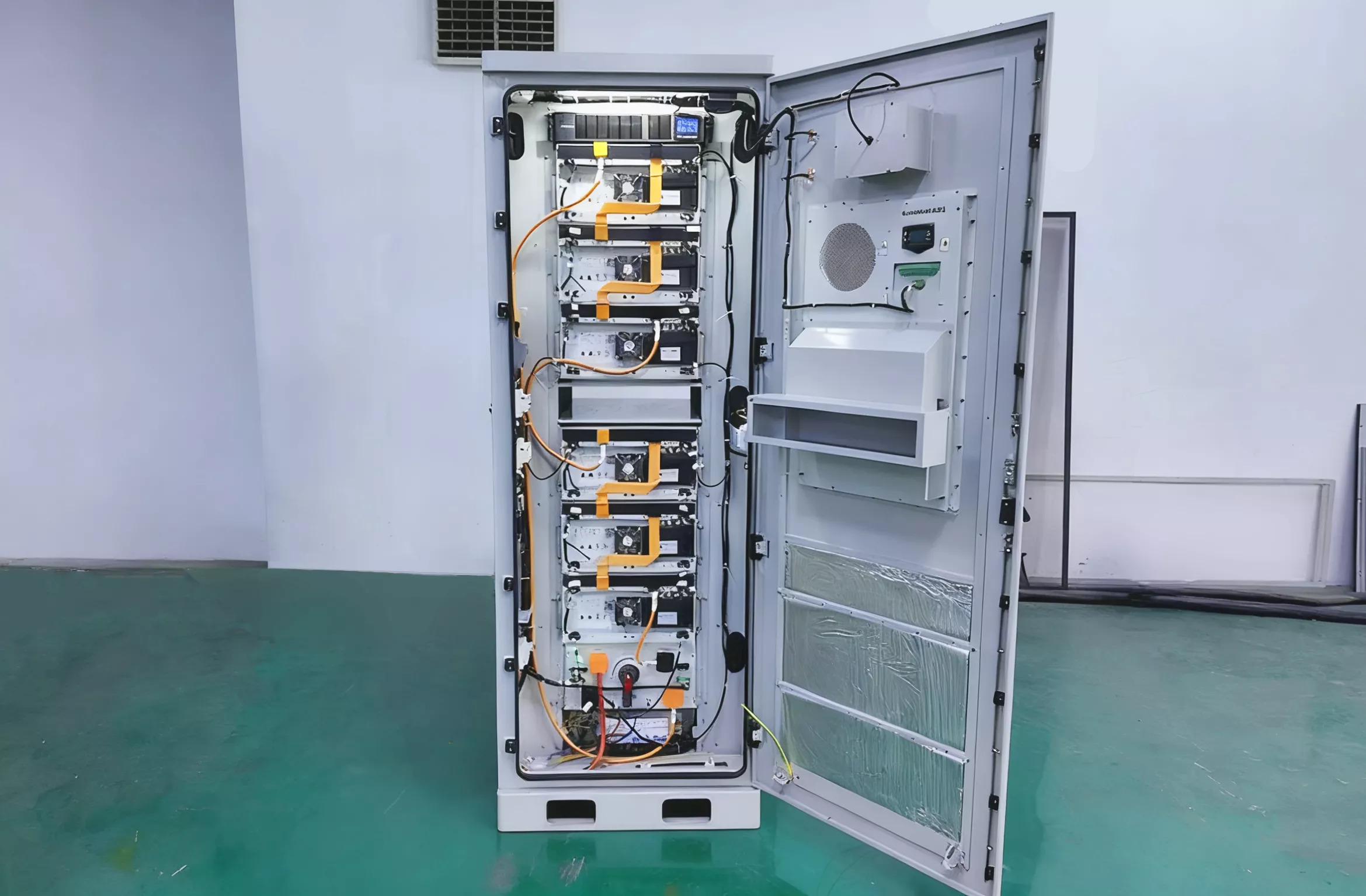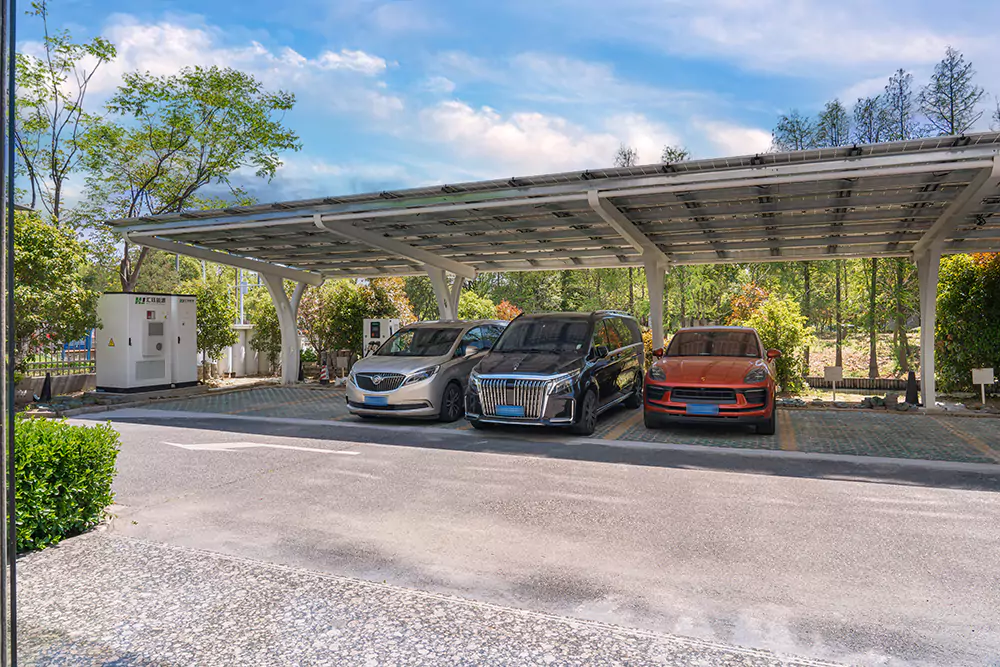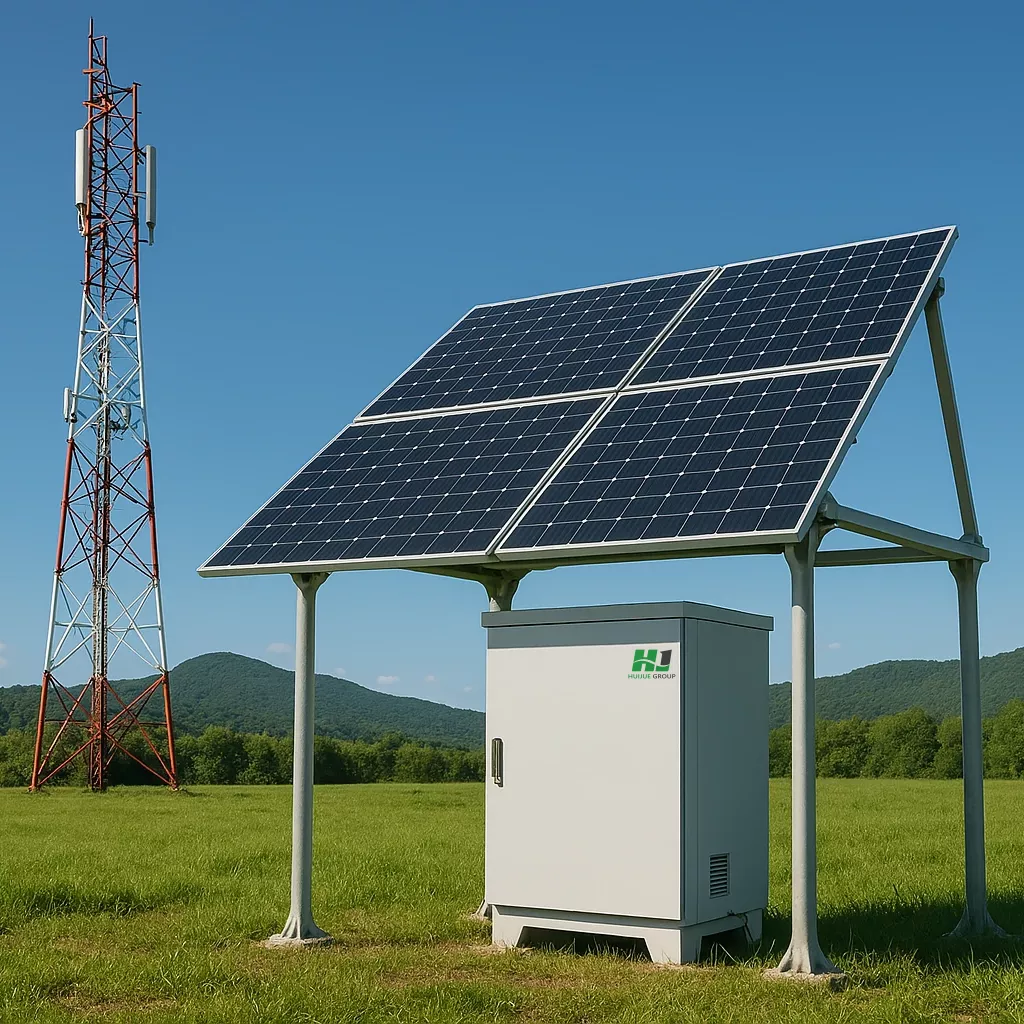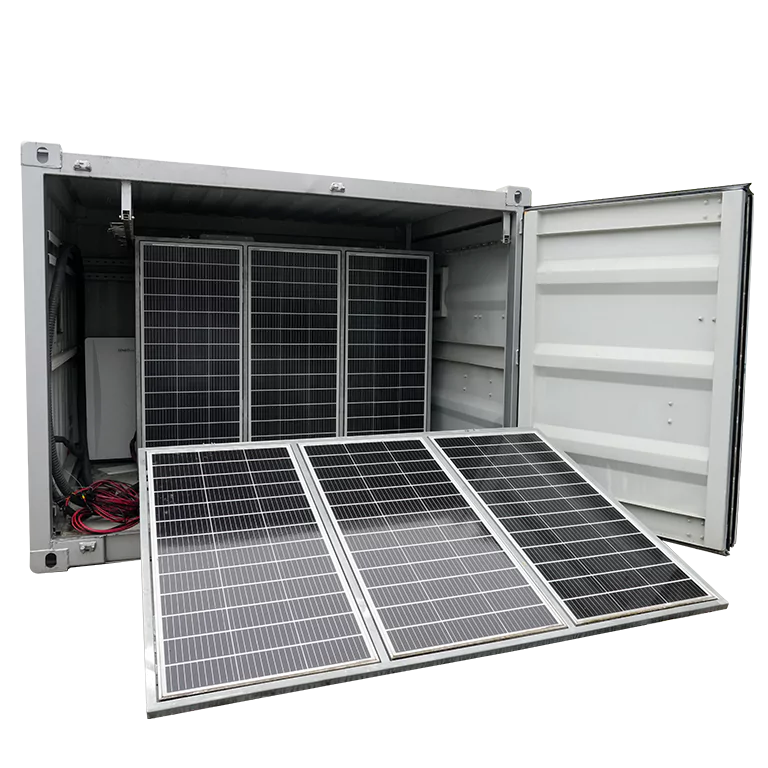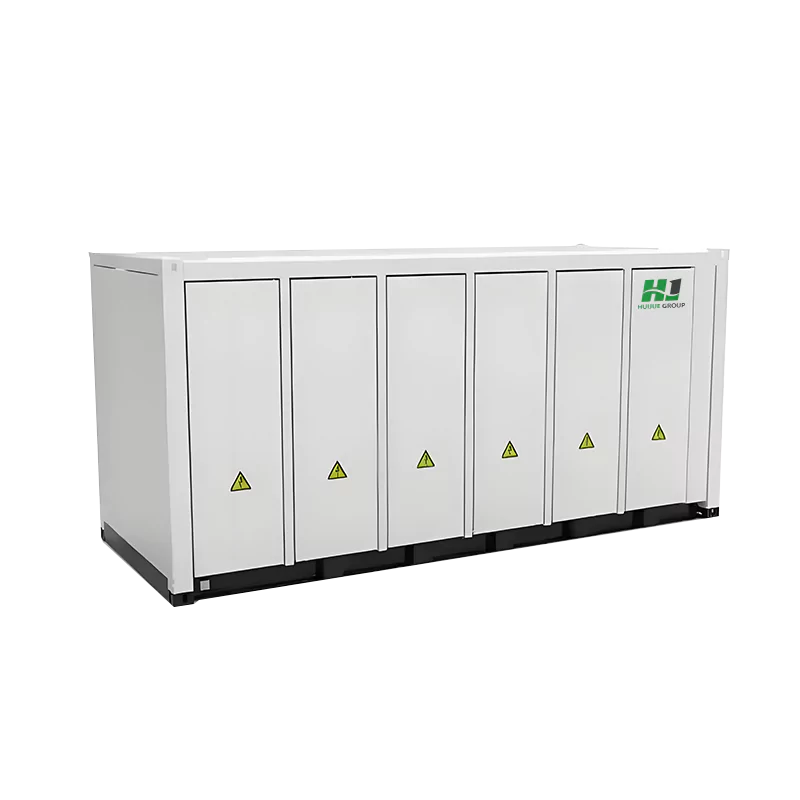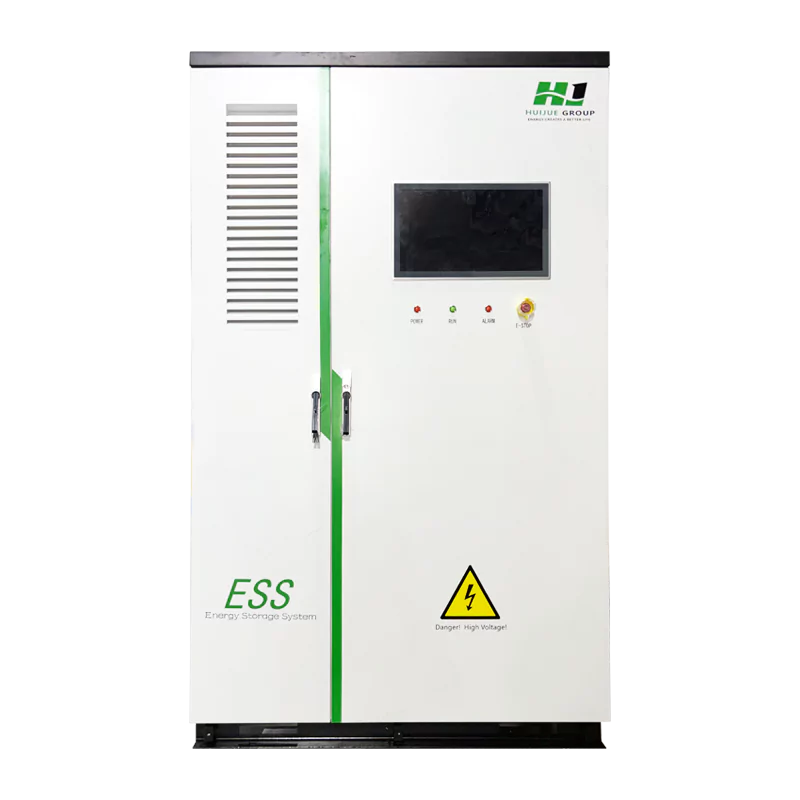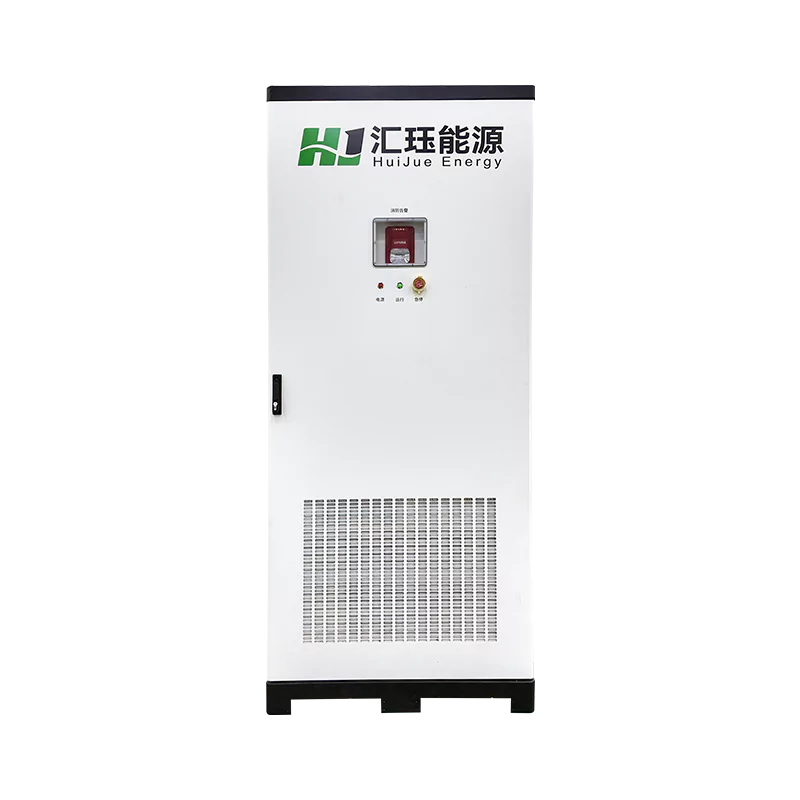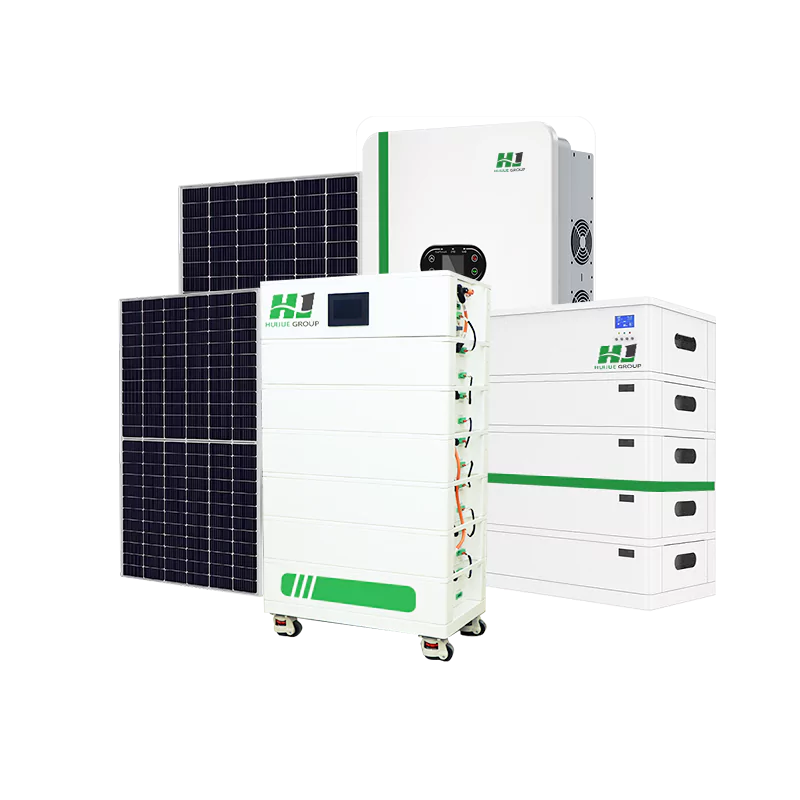How to calculate the appropriate configuration for your own small off-grid system?
Have you ever thought about using your own solar power system in a mountain cabin, fishing boat, or RV to break free from dependence on the public grid?
In fact, this is not something only engineers can accomplish. As long as you master a few key steps and formulas, you can calculate the appropriate configuration for your own small off-grid photovoltaic system.
An off-grid solar system refers to an independent system that does not rely on the public grid, instead relying entirely on photovoltaic power generation and battery storage to meet electricity needs. It is ideal for use in remote mountainous areas, islands, pastoral regions, RVs, fishing boats, and other locations with unstable grid power.
Below, we will guide you through four steps to calculate the required configuration.
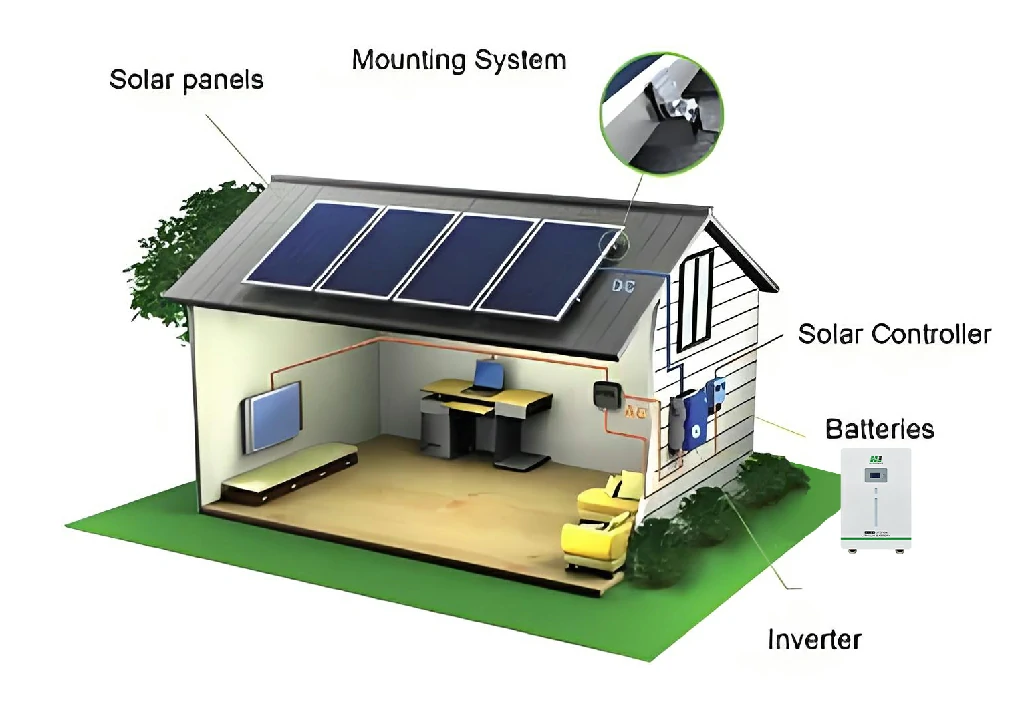
Step 1: Determine the photovoltaic module power
The power of the photovoltaic panels (solar panels) determines how much electricity your system can generate.
The core calculation approach is: first determine the daily electricity demand, then combine it with local climate conditions (especially sunshine duration) to determine the total power of the photovoltaic panels.
Formula:
Module power = (Daily electricity demand × Continuous cloudy day surplus factor) ÷ (Local average sunshine hours × System efficiency)
* Daily electricity consumption: This can be calculated by summing the rated power of all devices multiplied by their usage time.
For example, LED lights 10W × 5 hours = 50Wh, refrigerator 60W × 24 hours = 1440Wh.
* Continuous cloudy day surplus factor: To account for insufficient power generation during consecutive cloudy days, this factor is typically set between 1.1 and 1.3.
* Local average daily sunshine hours: This can be obtained from local meteorological data. For example, Beijing has an average of approximately 4 hours of sunshine per day, while Hainan may have over 5 hours.
* System efficiency: This accounts for cable losses, controller efficiency, inverter losses, etc., and is generally set between 0.75 and 0.8.
For example:
Assuming your daily electricity consumption is 3,000 Wh, the local average daily sunshine hours are 4.5 hours, the system efficiency is 0.78, and the continuous rainy days coefficient is 1.2:
Module power = (3,000 × 1.2) ÷ (4.5 × 0.78) ≈ 1,026 W
This means you need to install photovoltaic panels with a total power of approximately 1 kW, such as four 250 W modules.
Step 2: Determine the off-grid inverter power
The inverter converts the direct current (DC) from photovoltaic panels or batteries into alternating current (AC) for use by ordinary household appliances.
Its power must be sufficient to meet your maximum instantaneous power demand, particularly considering the inrush current of inductive loads (motor-driven equipment).
Formula:
Inverter power = (Total resistive load power + Total inductive load power × 5) × Margin factor ÷ Power factor
* Resistive loads: Resistive devices such as light bulbs, electric kettles, and ovens.
* Inductive loads: Equipment with motors or compressors, such as refrigerators, water pumps, air conditioners, etc. The instantaneous power during startup may be 5–7 times the rated power.
* Safety factor: Typically set at 1.2–1.5 to ensure a margin.
* Power factor: Typically set at 0.8–0.9.
Example:
Assuming you have a 200W light fixture (resistive load), a 100W refrigerator (inductive load), a margin factor of 1.3, and a power factor of 0.85:
Inverter power = (200 + 100 × 5) × 1.3 ÷ 0.85
≈ (200 + 500) × 1.3 ÷ 0.85
≈ 700 × 1.3 ÷ 0.85
≈ 1070 W
You will need an inverter with a minimum capacity of 1.1 kW, and it is recommended to choose a 1.5 kW model for greater stability.
Step 3: Determine the battery capacity
The battery is the “power storage” of the off-grid system, and the electricity used at night or on cloudy days primarily comes from it. The capacity depends on the number of days you need continuous power supply and the daily electricity consumption.
Formula:
Battery capacity (Ah) = (Daily electricity consumption × Number of days of power supply on cloudy days) ÷ (Depth of discharge × Charge/discharge efficiency × Battery pack voltage)
* Depth of Discharge (DOD): For lead-acid batteries, a DOD of 0.5–0.6 is recommended; for lithium batteries, a DOD of 0.8–0.9 is acceptable.
* Charge/Discharge Efficiency: Typically set at 0.85–0.9.
* Battery Bank Voltage: Common voltages include 12V, 24V, and 48V; higher voltages are recommended for higher power requirements.
Example:
Assuming you use 3000Wh daily and want to have power for 2 days of cloudy weather, using a 48V lithium battery (DOD=0.9, efficiency=0.9):
Battery capacity = (3000 × 2) ÷ (0.9 × 0.9 × 48)
≈ 6000 ÷ 38.88
≈ 154 Ah
You would need a 48V 154Ah (approximately 7.4kWh) battery pack.
Step 4: Determine the controller specifications
The photovoltaic controller regulates the charging process from the photovoltaic modules to the battery.
Its specifications primarily depend on the maximum input current, calculated using the following formula:
Formula:
Controller input current = Maximum power of photovoltaic modules ÷ Battery pack voltage
For example, if your photovoltaic panels have a total power of 1000W and the battery pack voltage is 48V:
Controller input current = 1000 ÷ 48 ≈ 20.8A
Therefore, you need to select a controller with an input current greater than 21A, typically an MPPT type (higher efficiency, more advantageous on cloudy days).
Practical Tips
- Allow for a margin: The lifespan and operational stability of the equipment depend on appropriate redundancy design; do not fix the parameters too rigidly.
- MPPT is superior to PWM: Although MPPT controllers are slightly more expensive, they offer higher power generation efficiency, especially under unstable lighting conditions.
- Prioritize lithium-ion batteries: They are compact, lightweight, and capable of deep discharge, offering long-term cost savings.
- Plan for future expansion: If you anticipate adding more appliances in the future, ensure sufficient interface capacity for both the photovoltaic system and batteries.
The core of designing a small off-grid photovoltaic system lies in precisely calculating the configuration based on actual needs, rather than simply “buying a few panels and batteries” and calling it a day.
Master these 4 formulas:
- Photovoltaic module power formula
- Inverter power formula
- Battery capacity formula
- Controller input current formula
You can then calculate a configuration for a small off-grid system that is both sufficient and stable.
When designing for the first time, you can add an extra 10%–20% margin based on the formula results, allowing for more flexibility in handling weather changes and equipment expansion.


 +86 18721624519
+86 18721624519

